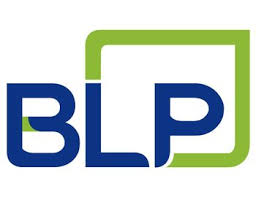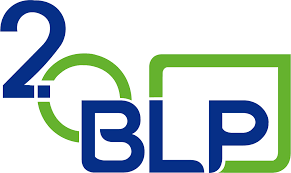
Guatemala is the largest economy in Central America but not the region’s largest exporter, being surpassed by Panama and Costa Rica, which have developed free trade zones that facilitate investment, promoting employment and the growth of their economies, to the point that, despite having much smaller populations, their quality of life is higher.
Considering the above, Guatemala has decided to dust off its tax-free regimes to promote the attraction of investments and the reactivation of its economy. Along this line, the country has recently modified the Law of Free Zones to allow more than eleven activities that were prohibited in 2016 and add others that had not been contemplated. In addition to the reforms to the Free Zones Law, in recent years Guatemala has also opened up investment possibilities within Public Economic Development Zones (ZDEP) under the regime of the Santo Tomás de Castilla Free Trade and Industrial Zone (ZOLIC), which was inspired by the Panama Canal Free Zone in the seventies, but which despite having developed in a limited space in the port area of Santo Tomás de Castilla, it was not until 2020 that regulations were developed to allow the regime to be extended to other areas of the national territory. Guatemala has also kept the Maquila regime in force, which, without being subject to the authorization of a specific free zone, encourages and develops export activity in this sector.
To attract investments, Guatemala’s three tax-free regimes have in common the granting of tax exemptions such as income tax, value-added tax, and import tariffs, to the operations carried out under their auspices, allowing import and re-export of production items duty-free.
Each of the three tax-free systems has its different characteristics, as discussed below:
- The Free Trade Zones (FTZ) and ZOLIC regimes delimit extra-customs areas where companies producing and marketing goods and services are established, which, for tax purposes, are considered outside the territorial scope of certain tax burdens, subject to customs control. For its part, the Maquila regime does not require a particular location, or designated area subject to authorization and prior authorization, since this regime allows the beneficiary to operate in the ad hoc place; however, the beneficiary must post a bond to ensure that imported inputs are not marketed in the national territory and are destined for imports authorized imports under the regime.
- In the FTZ the beneficiary company operates in an area administered by a private operator under the control of a customs delegation in the authorized area. In the ZOLIC regime that governs the ZDEPs, the administrator of the area is the same ZOLIC as a decentralized State entity, that can contractually delegate the administration to an individual. Customs control is always monitored by an authorized customs delegation for the area noted. In the case of the Maquila regime, a customs delegation is not required at the facilities of the beneficiary company of the regime; however, the control of the use of the bond is operated by the General Directorate of Customs.
- In the FTZ and Maquila regimes, the beneficiary company does not owe recurring payments to any government entity for maintaining the authorization. By contrast, under the rules that ZOLIC applies to the ZDEPs, the tenant user must make lease payments to ZOLIC plus a fee for the administration of the area. In the Free Zone, the user pays rent to the private party that administers the zone, and any administration fee that it establishes.
- Neither the FTZ nor Maquila requires a minimum number of employees, while ZOLIC has prerequisites for hiring personnel, according to the characteristics of the project.
- Free Trade Zones are oriented towards manufacturing, while Maquila is oriented toward services related to IT, call centers, and the development of software.
It should be noted that under the three tax-free regimes, exemption from income tax for 10 years is considered for beneficiary companies. In the case of administrators or developers of free zones, the exemption extends to 15 years, with additional exemption from the single property tax for 5 years.
Regarding restrictions on use, the ZOLIC regime for ZDEPs is the most open since it generally allows commercial and industrial activities, as well as the provision of legal services, marking a difference from the Free Trade Zone and Maquila regime, which limit or prohibit certain activities.
With the latest reforms to the Free Zones law, Guatemala is committed to promoting regime activities such as the production of ethanol, processed foods, animal feed, leather and footwear, plastics and their manufactures, medicines, cosmetics, paints, toys, electronic and household appliances, advanced ceramics, and hotel and recreation services.
Such reforms, as well as existing regulations of the ZOLIC Law for ZDEPs, should encourage investors to target Guatemala, taking advantage of the country’s strategic geographic location, which allows it to exploit the markets of Canada, Mexico, the United States, and other countries with which there are free trade or bilateral trade agreements.
Author: Rodolfo Salazar
BLP Partner


